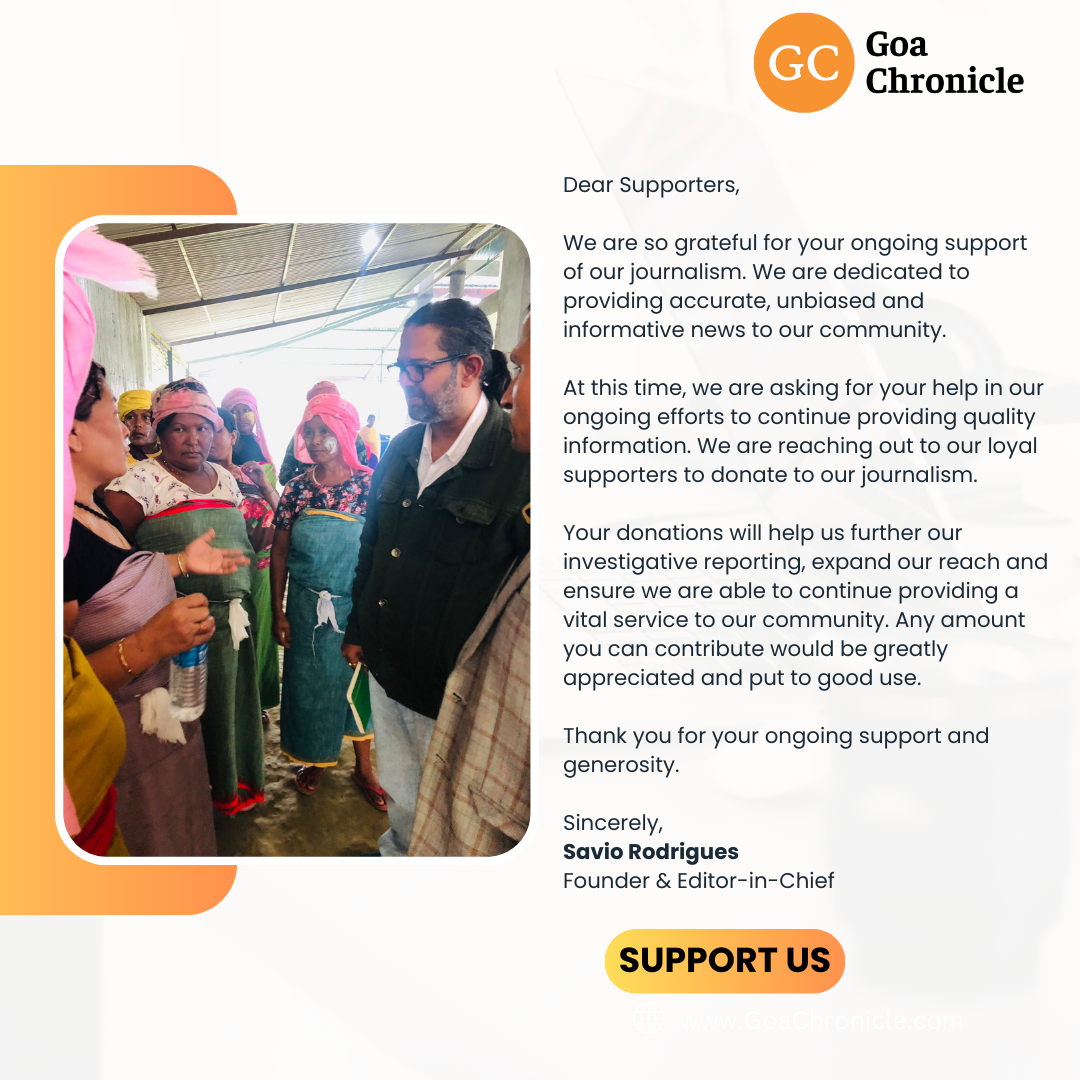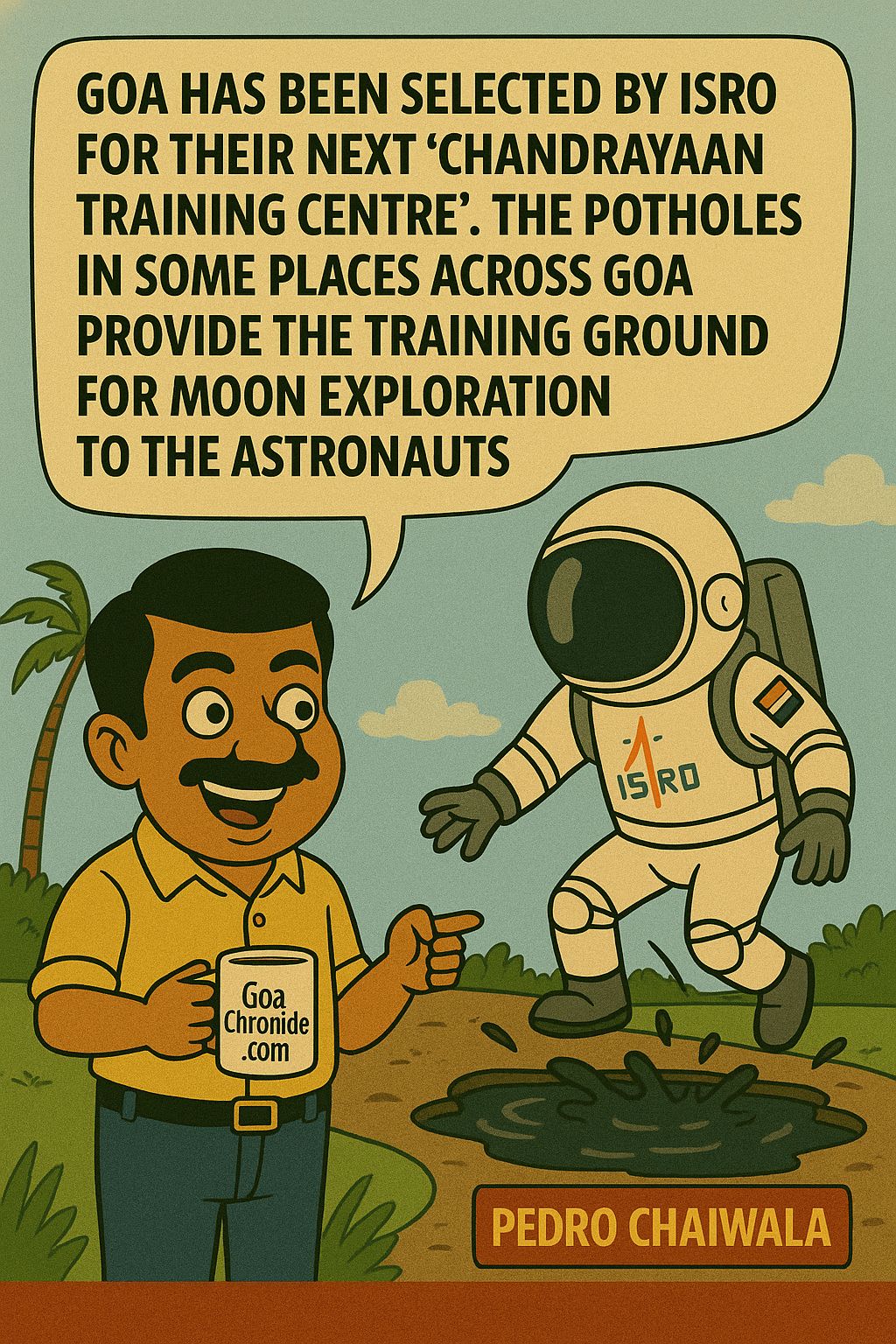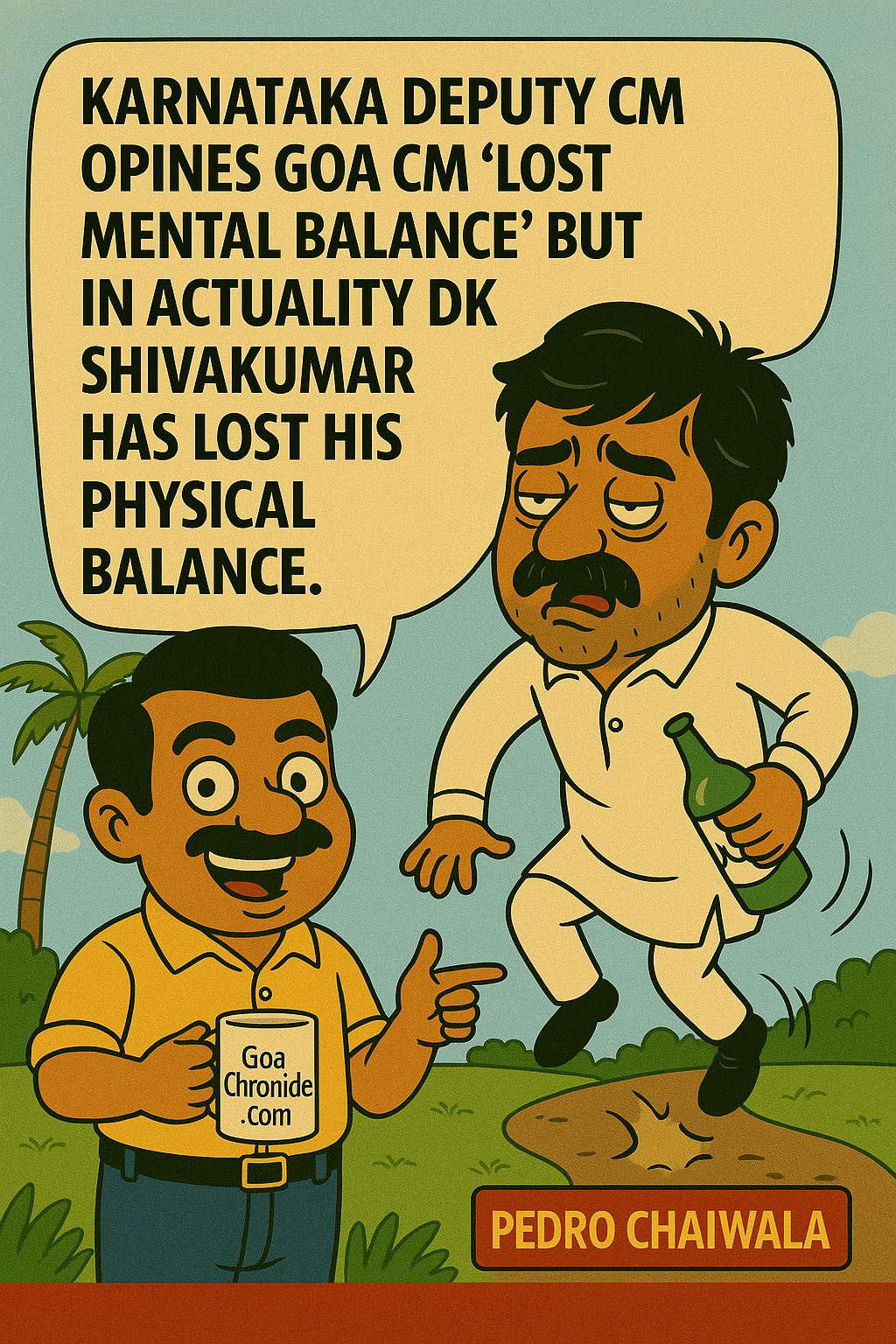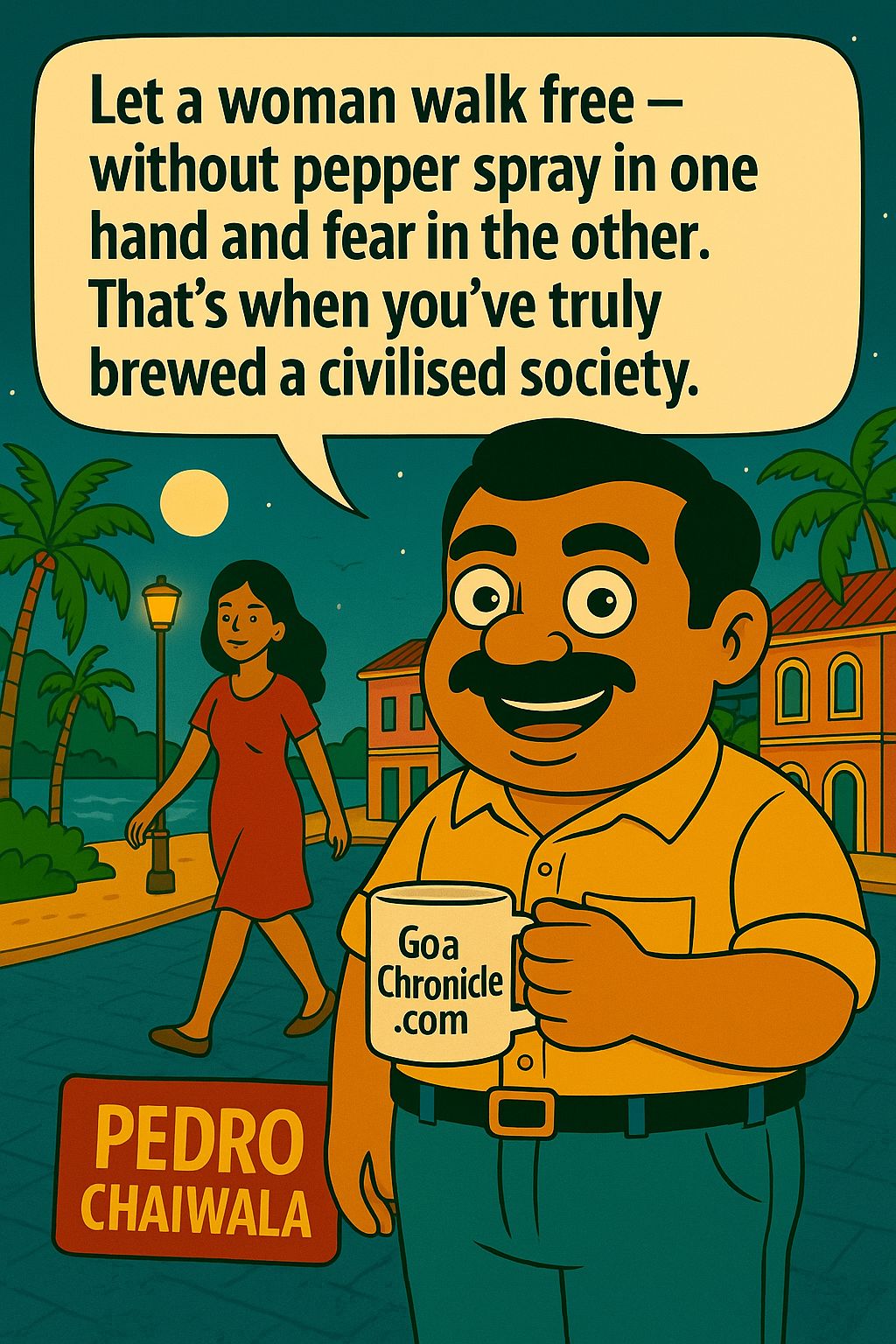As social media has become a plinth where many social issues are raised and are taken to almost every individual of the country and wide, these platforms have come out great in the times of Covid.
Such an instance was witnessed when an IAS cadre of Chhattisgarh Awanish Sharan took to his Twitter handle to let people know of the blabber NCERT teaches to the students of the primary section. The officer shared a snip of the Hindi poem namely ‘Aam ki Tokri’ (Mango basket) in the grade 1 textbook published by NCERT which read the girl in the poem as ‘Chokri’ and even in a way promoted child labor.
ये किस ‘सड़क छाप’ कवि की रचना है ?? कृपया इस पाठ को पाठ्यपुस्तक से बाहर करें. pic.twitter.com/yhCub3AVPR
— Awanish Sharan 🇮🇳 (@AwanishSharan) May 20, 2021
Controversy erupted soon after the tweet went viral against the author and NCERT for writing and publishing this content respectively. Netizens tweeted in agreement to the officer saying why sentiments of people are hurt now and then by publishing such content.
[one_half]
https://twitter.com/Ashvathama__/status/1395296562570428416?s=20
[/one_half][one_half_last]
खद्दर जी की कविता में छ: साल की बालिका आम बेचते हुए अंकित है। किसी भी शिक्षा शास्त्री को सोचना चाहिए कि
१. यह असहज करने वाला है
२. अव्यवहारिक है
३. उसे विद्यालय जाना चाहिए न कि आम बेचने
४. यह बाल शोषण को प्रोत्साहित करता है।
५. यह ग्राहकों और बच्चों को असंवेदनशील बनाता है।— डॉ रमाकान्त राय (@RamaKRoy) May 20, 2021
[/one_half_last]
After the controversy stepped up the plinth as many tweeted in the same favor, the National Council of Educational Research and Training (NCERT) steeped up with a clarification saying the poems are included keeping in mind the purpose of teaching local vocabulary to the children, make the learning interesting.
राष्ट्रीय शिक्षा नीति 2020 के परिप्रेक्ष्य में नई राष्ट्रीय पाठ्यचर्या की रूपरेखा के निर्माण की प्रक्रिया आरंभ हो चुकी है। इसी पाठ्यचर्या की रूपरेखा के आधार पर भविष्य में पाठ्यपुस्तकों का निर्माण किया जाएगा।
— NCERT (@ncert) May 21, 2021
What did the poem mean overall?
The Hindi poem “Aam ki tokri” included in the class 1 NCERT textbook read a 6-year-old girl (‘Chokri’ as mentioned) who went to sell mangoes carrying it on her head. The said poem was written by Ramkrishna Sharma Khadar of Uttarakhand and the poem is included in the syllabus since 2006.
The word ‘Chokri’ is been used numerous times in the poem and the netizens were agitated on the same as the word sounded derogatory for a girl child. They were even accused of promoting child Labour as the girl was portrayed as a hawker/seller who goes out to sell mangoes carrying it on the head. The sole reason why the poem was criticized.
A 2009 batch Chhattisgarh cadre IAS Awanish Sharan had put light on the topic asked who was the writer of such derogatory poem? Also urged to exclude the poem from the syllabus.
ये किस ‘सड़क छाप’ कवि की रचना है ?? कृपया इस पाठ को पाठ्यपुस्तक से बाहर करें. pic.twitter.com/yhCub3AVPR
— Awanish Sharan 🇮🇳 (@AwanishSharan) May 20, 2021
This is not such one, numerous content writers are working as official authors for NCERT who writes the poems and content in a way that hurts the sentiments of the majority of the country. Few instances can be looked at.
1. NCERT describing cow as ‘mariyal’ meaning a scranny cow in class 2 Hindi textbook.
Cow is mother for vast majority of nation. They could have used a better word than "mariyal" for her in NCERT Class 2 Hindi textbook.
Elsewhere, old woman is "budhiya"
NCERT way of describing a grandmother who got weak after illness:
"budhiya mariyal ho gayi hai"! pic.twitter.com/H3b5V8iwZ7— Gems Of Books (@GemsOfBooks) May 24, 2021
2. NCERT of class 2 of Hindi language singing grandparents as ‘Budha’ & ‘Budhiya’ with the line written as “Budha, Budhiya, Gajar hilana, pussy Chu chu..”
"Budha, Budhiya, Gaajar hilana, Pussy, Chu chu"
Would you be comfortable if your Class 2 child sings this? If yes, Urduwood has many more educational songs like this.
(Literary classic From NCERT Maths book) pic.twitter.com/jJFVBtfT5f
— Gems Of Books (@GemsOfBooks) May 24, 2021
3. Portraying Hindu festival Diwali as a noisemaker fest on burning the crackers and making Eid a fest to celebrate the ‘halal’ (beheading the animals for the meal) and Christmas to be good as producing oxygen from Christmas trees.
[one_third]
Diwali is bad because fireworks make noise and produce harmful smoke.
Animal halal in Eid is subhanallah.
Christmas crackers produce Oxygen.Class 2 English textbook of NCERT since 2005. pic.twitter.com/8TstTl6tsl
— Gems Of Books (@GemsOfBooks) May 23, 2021
[/one_third][one_third]
Hari teases boys and girls. Samar Singh is a loser. But tech-wizard child prodigy Halim Miyan goes to a crescent 🌙 shaped moon on rocket!
Our first education minister Maulana Abul Kalam must be so happy to see NCERT Class 1 textbook since 2005. pic.twitter.com/bJNNMPKxyh
— Gems Of Books (@GemsOfBooks) May 23, 2021
[/one_third][one_third_last]
"Pagdi" is symbol of dignity across sub-cultures of Bharat. People have given lives for it
But Class 1 NCERT book jokes how Pagdi is either torn or dirty
Can they show skull-cap in this way to educate children?
And why mock bindi-wearing woman based on physical attributes? pic.twitter.com/THovFQU9El
— Gems Of Books (@GemsOfBooks) May 23, 2021
[/one_third_last]
To educate a child with the local language or dialect does not necessarily mean to defame any gender or use any derogatory word which hurts or might hurt the common sentiments. The education imparted must be filled with respect, decency, and kindness towards each gender, religion, and each aspect that portrays a human and its nature. As children are considered as wet clay and they can be molded in any way, we as a nation and the authors as the imparters must take into consideration that the children are made the best vessel to store the great values as an individual and a nationalist.
[author title=”Shreya Gohel” image=”http://localhost/gc2/wp-content/uploads/2021/01/20210127_014031.jpg”]Intern, Goa Chronicle
Read my other articles
[feed url=”https://goachronicle.com/author/shreya-gohel/feed” number=”5″]
[/author]
DISCLAIMER: This article reflects author’s view point. Goa Chronicle may or may not subscribe to views of the author
































